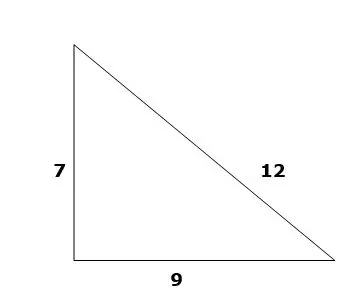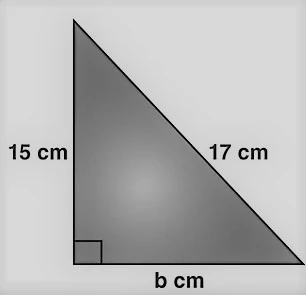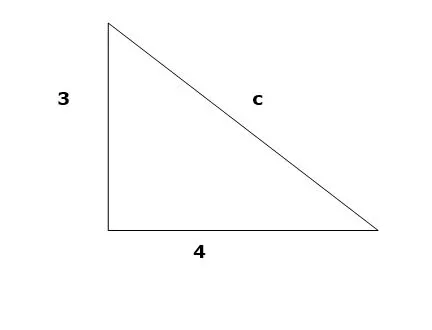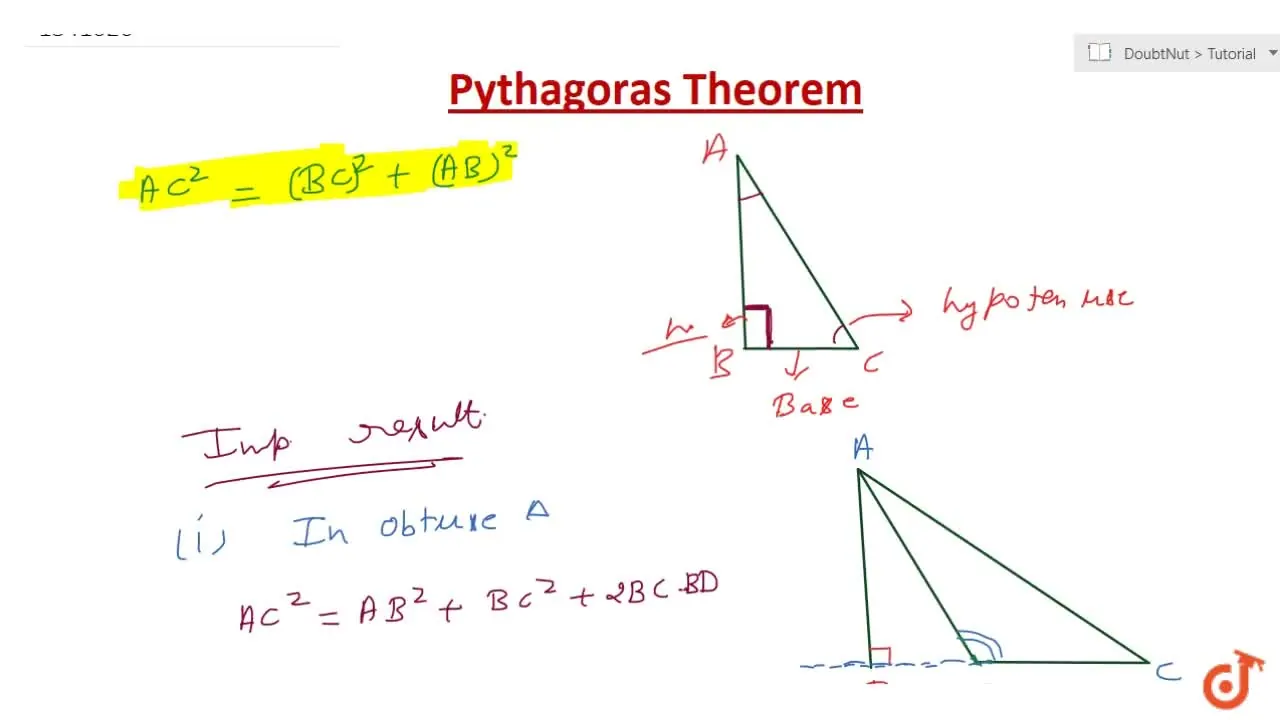Pythagorous Theorem and Important results
Pythagoras Theorem
In this chapter, we will discuss Pythagoras Theorem. Well, this is a very important topic in Maths which needs clear understanding. This theorem explains the relations between the sides of a right-angled triangle. Students should keep in mind that this is also known as Pythagorean Theorem.
Here, in this chapter, students would be able to understand the formula and proof of the theorem. By using this theorem, we can understand how to find the length of the base, perpendicular and hypotenuse formula of a right-angled triangle. So, let us go ahead and understand it in the best way.
Pythagoras Theorem Statement
According to the Pythagoras theorem, “In a right-angled triangle, the square of the hypotenuse side is equal to the sum of squares of the other two sides.” In this case, the sides of the triangle have been termed as Base, Perpendicular and Hypotenuse. Here, the longest side is the hypotenuse because of the reason that it is opposite to the 900 angle. If we take the sides of a right triangle as a, b and c, having the values of a positive integer, it is known as a Pythagorean triple. This is seen when the sides of a right triangle are squared and put into an equation.

Pythagoras Theorem Formula
Look at the triangle above.
You can see that
Perpendicular side = a
Base = b
Hypotenuse side = c
When we make use of the Pythagoras Theorem Formula,
i.e, Hypotenuse2 = Perpendicular2 + Base2
So, we get c2 = a2 + b2
Students should remember that the side which is opposite to the 900 (right angle) is the longest side. This is also known as hypotenuse because the side opposite to the greatest angle is the longest.

In the above figure, we find a, b and c are mounted on the three sides of a triangle. Well, it has the same sides as shown.
According to the Pythagoras Theorem,
Area of square A + Area of square B = Area of square C
Related Videos:
- Similar Triangles and their properties
- Similar Polygons
- State and prove the Pythagoras theorem
- How similarity is different from congruence
Pythagoras Theorem Proof
Here, it is given: A right-angled triangle ABC.
You have to prove that AC2 = AB2 + BC2

Proof: We need to draw a perpendicular line BD onto the side AC
We know, △ADB ~ △ABC
Therefore, ADAB=ABAC (Condition for similarity)
Or, AB2 = AD × AC ……………………………..……..(1)
Also, △BDC ~△ABC
Therefore, CDBC=BCAC (Condition for similarity)
Or, BC2= CD × AC ……………………………………..(2)
Now adding (1) and (2) we get,
AB2 + BC2 = AD × AC + CD × AC
AB2 + BC2 = AC (AD + CD)
Since, AD + CD = AC
Therefore, AC2 = AB2 + BC2
Hence, the Pythagorean theorem is proved.
Important note: It is only to the Right Angled Triangle that Pythagoras Theorem is applicable.
Applications of Pythagoras Theorem
- To get the right idea whether the triangle is a right-angled triangle or not.
- To calculate the diagonal of a square
- If two sides of a right-angled are given, then it is possible to calculate the length of any side.
Pythagorean Theorem Problems
Problem 1: The sides of a triangle are 7, 9 & 12 units. Find out whether it is a right angle or not.

Solution: From Pythagoras Theorem, we have;
Perpendicular2 + Base2 = Hypotenuse2
Perpendicular = 7 units
Base = 9 units
Hypotenuse = 12 units
72 + 92 = 122
⇒ 49 + 81 = 144
⇒ 130 = 144
L.H.S. = R.H.S.
Therefore, the angles opposite to the 12 unit side cannot be a right angle.
Problem 2
In the figure below, the two sides of a right-angled have been shown. Can you find out the third side?

Solution: Given;
Perpendicular = 15 cm
Base = b cm
Hypotenuse = 17 cm
As per the Pythagorean Theorem, we have;
Perpendicular2 + Base2 = Hypotenuse2
⇒ 152 + b2 = 172
⇒ 225 + b2 = 289
⇒ b2 = 289 – 225
⇒ b2 = 64
⇒ b = √64
Therefore, b = 8
Problem 3: In the figure below, the sides of a square are 4 cm. Can you find the length of the diagonal?
Solution- Given;
Sides of a square = 4 cm

What To Find - The length of diagonal ac.
Let us consider triangle abc or acd
(ab)2 + (bc)2 = (ac)2
(4)2 + (4)2 = (ac)2
16 + 16 = (ac)2
32 = (ac)2
(ac)2 = 32
or ac = 4√2.
Therefore, the length of the diagonal is 4√2.
Problem 4: In the below figure, you can find the two sides of 3 cm and 4 cm. Find out the length of the hypotenuse.

Solution: Let the length of the hypotenuse = c
Here, a =3 and b = 4
Now, we apply the formula, which is:
a2 + b2 = c2
⇒ 32 + 42 = c2
⇒ 9 + 16 = c2
⇒ 25 = c2
⇒ √25 = c2
⇒ 5 = c
Now, we will check this answer to verify:
32 + 42 = 52
⇒ 9 + 16 = 25
⇒ 25 = 25
Therefore, we can conclude that the length of the hypotenuse is 5.
Important Chapters:







Similar Questions
Theorems
View SolutionTheorems
View SolutionSome Important Result
View SolutionThree Important Results
View SolutionThree Important Results
View SolutionTriangles|Basic Proportionality Theorem(BPL)Thales Theorem|Converse Of (Basic Proportionality Theorem(BPL))Thales Theorem|Criteria For Similarity Of Triangles |Pythagoras Theorem And Its Converse
View SolutionIllustrations based on reminder theorem || Important formulae
View SolutionProperty OF Argument|| Illustration Based on Argument|| Polar Form|| Important Results
View SolutionProperty OF Argument || Illustration Based on Argument || Polar Form,Important Results
View SolutionPythagoras Theorem|Converse Of Pythagoras Theorem|NCERT Question
View Solution


